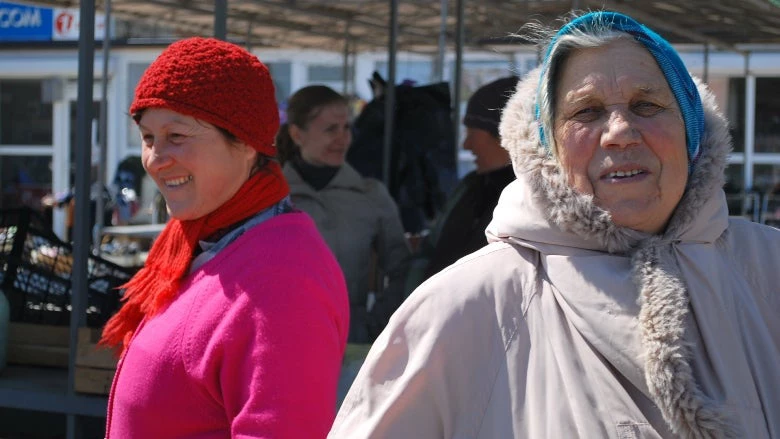
In the early to mid-1990s, the Moldovan Government often didn’t pay pensions on time – sometimes they were up to two years late. And, they were often paid in-kind. This situation was a syndrome of the trials and tribulations that the country was experiencing in its tumultuous transition to a market economy.
Reform of the pension system was initiated in the late ‘90s to try to fix some of the more pressing challenges by restoring fiscal balance and helping put payments on a sustainable track – essentially meaning that payments were now made in cash, rather than in galoshes or umbrellas.
Similar to Moldova’s protracted transition to a free market, however, the reform of the country’s pension system is largely a story of “unfinished business”. One important reason for this is that the 1998 pension reform envisaged a phased increase in the retirement age up to 65 years for both men and women, and clear linkages between salary contributions and pension payments. This aimed to motivate Moldovans to participate in the system, but after a few years of implementation, the gradual increase in retirement age was put on hold. And, because the retirement age didn’t increase, the planned increase in the value of pensions was put on hold too.
Everybody’s income drops when they retire, but the income drop for Moldovans is one of the biggest in Europe: in 2013, the average old-age pension in Moldova was about 28% of the gross wage . Since 1999, the salaries used to calculate pension payments have not been revised to account for wage increases between when the salary was earned and the date of retirement. If the system is not reformed, the gap between people’s earnings and their future pension will grow, making the system socially and politically unviable.
Furthermore, a number of ad-hoc recalculations and pension increases drove-up the cost of the pension system, without really fixing the connection between what people put in and what they take out.
The current minimum pension policy has the noble goal of preventing the impoverishment of the elderly. However, it leads to high redistribution from better-off to poorer retirees and therefore weakens the link between contributions and the level of pensions – discouraging contributions to the system.
While still boasting a relatively young population, Moldova is not immune to the general aging trends that are impacting the Europe and Central Asia region. Projected increases in life expectancy, coupled with low fertility rates, the share of moldovans aged above 64 will inc. from 11.3% in 2012 to 23.5% in 2050 .
This situation is further exacerbated by high emigration. It is estimated that around 25% of Moldova’s active population is working abroad .
Deteriorating demographics, outward migration as well as low labor force participation, and high informality have led to a sharp decrease in the number of insured persons and a shrinking contributors’ base. In just one decade (2002-2012), the number of insured people fell by 40 percent in Moldova, while the contribution coverage decreased substantially and stands today at 0.76 pensioners per 1 contributor. By 2020, because of aging and demographic trends, the ratio is projected to rise to 1 pensioner per 1 contributor.
At the request of the Government of Moldova, the World Bank completed a comprehensive pension sector analysis, which formulated a number of reform options. The analysis shows that if the current system is not changed, people will get less and less in return for their contributions, so they will be less and less motivated to contribute.
What does Moldova need to do?
We believe that a number of urgent actions could help improve the current public pension system – such as the revision of the pension formula to re-establish the link between contributions and pension payments, an increase in the retirement age, and leveling of the retirement age for women and men.
There has been talk of setting up a fully-funded defined-contribution pension scheme. International experience shows that Moldova needs stronger and cleaner financial institutions and a viable public pension system for a fully-funded defined contribution pension scheme to work.
Pension reforms are not easy. They often face public opposition, and in an environment where there is little objective public discussion of government initiatives, distrust among the citizens runs high. A pension system reform plan that can’t clearly articulate its ultimate benefits may face strong skepticism and limited uptake. Moldovans still remember how their hard-earned pensions evaporated overnight following the collapse of the Soviet Union. And, to project a long-term vision of reform that has the public interest at its heart is a critical ingredient of building genuine public support for reforms.
At the World Bank, we are working to help Moldova sustain a critical debate on the country’s pension reform options. Regardless of electoral cycles and political calculations, the country has little choice but to resume its reform path in the face of demographic trends and migration realities. The social and economic cost of not acting today will be much higher for future generations.



Join the Conversation